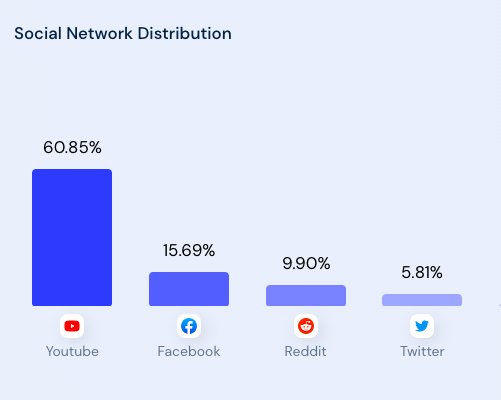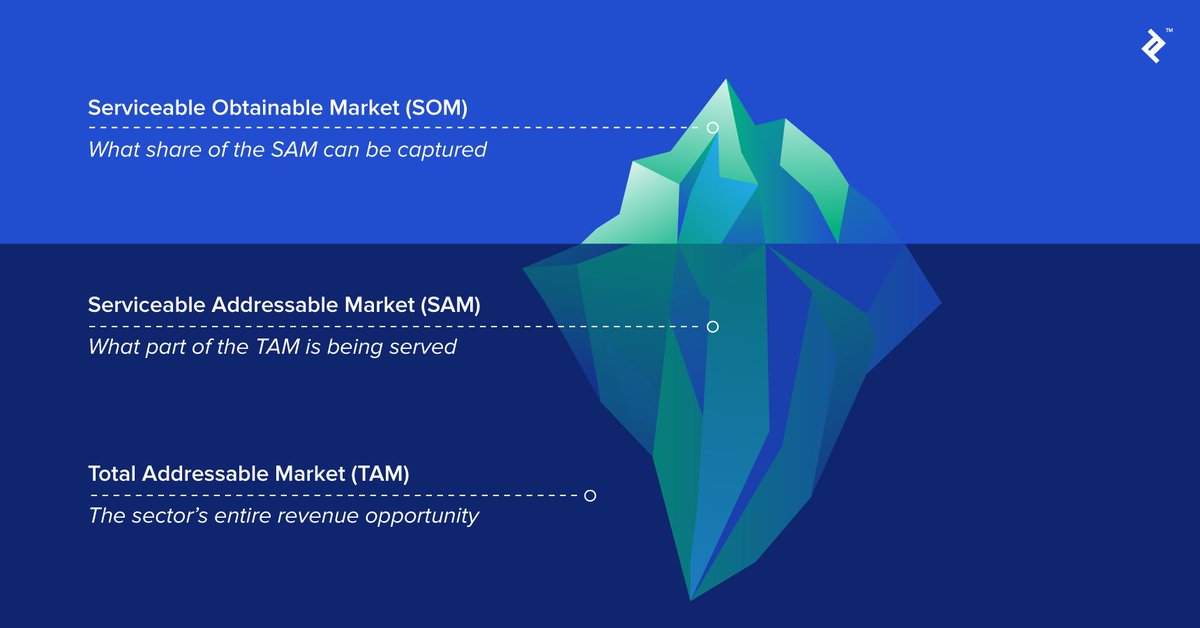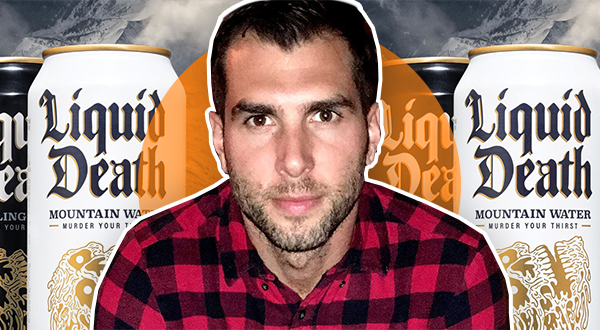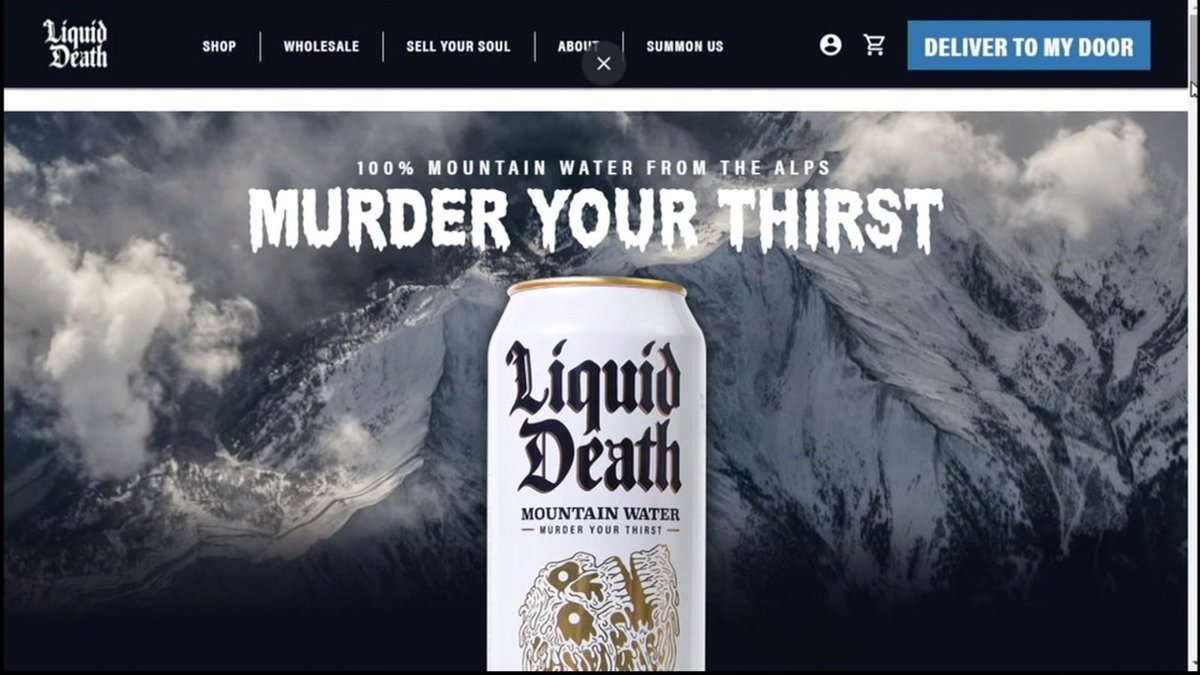
Give me 2 minutes and I’ll save your startup from a slow death.
6 common mistakes to avoid:
6 common mistakes to avoid:
1) Operational inefficiencies
Ideally, you want your revenue to grow without a resulting increase in expenses.
One way I’ve found to do this is to keep your team small…
Ideally, you want your revenue to grow without a resulting increase in expenses.
One way I’ve found to do this is to keep your team small…
Fight the urge to take on more managers and add levels of hierarchy as you grow.
More employees = less net revenue.
Simple but often overlooked.
Keep your team as flat as possible for as long as possible.
Too many founders jump the gun on hiring.
More employees = less net revenue.
Simple but often overlooked.
Keep your team as flat as possible for as long as possible.
Too many founders jump the gun on hiring.
Inefficiency example:
When you have empty desks, you’re tempted to fill them.
If space is tight, you’re forced to make your current teamwork.
Leverage constraints to create efficiencies.
When you have empty desks, you’re tempted to fill them.
If space is tight, you’re forced to make your current teamwork.
Leverage constraints to create efficiencies.

2) Hiring the wrong people
Team members fit into 1 of 2 camps:
1) Generalists
2) Specialists
A generalist can wear many hats.
(Marketer, manager, programmer, etc...)
But once you hit an inflection point, you’ll need specialists to take their place…
Team members fit into 1 of 2 camps:
1) Generalists
2) Specialists
A generalist can wear many hats.
(Marketer, manager, programmer, etc...)
But once you hit an inflection point, you’ll need specialists to take their place…
A specialist is hired for 1 specific job.
They’re the experts with deep knowledge and expertise.
(Programmer, sales expert, copywriter, etc…)
Specialists are amazing at what they do.
But hiring them is complicated…
They’re the experts with deep knowledge and expertise.
(Programmer, sales expert, copywriter, etc…)
Specialists are amazing at what they do.
But hiring them is complicated…
Hiring specialists is complicated for many reasons:
A business can’t scale without them.
But hiring too many leads to bloated costs.
Hire the specialists you can’t scale without.
Hire generalists for the rest of your team.
Let’s talk hiring details…
A business can’t scale without them.
But hiring too many leads to bloated costs.
Hire the specialists you can’t scale without.
Hire generalists for the rest of your team.
Let’s talk hiring details…
To hire great specialists, you need a great story.
For them, money tends to matter less than your company’s mission.
They search for:
• Impact
• Purpose driven work
• Amazing teams with similar values
If you compete on salary alone, you’ll lose.
For them, money tends to matter less than your company’s mission.
They search for:
• Impact
• Purpose driven work
• Amazing teams with similar values
If you compete on salary alone, you’ll lose.
Lastly, replacing generalists with specialists is very emotional.
Many times they’re your friends and most loyal employees.
They hit their limits and your business requires more.
You don’t want to lose them.
But you know you have to.
Never an easy choice to make.
Many times they’re your friends and most loyal employees.
They hit their limits and your business requires more.
You don’t want to lose them.
But you know you have to.
Never an easy choice to make.
3) Not growing organically
Your service or product should be grown and consumed organically.
If you rely on paid for the majority of your revenue, that’s a red flag…
Your service or product should be grown and consumed organically.
If you rely on paid for the majority of your revenue, that’s a red flag…
Your business shouldn’t rely on paid ads.
• Algorithms could change
• Paid prices could skyrocket
• Your accounts could get banned
People want to buy their way to success,
but it’s not always possible.
Organically built brands are a stronger long term play.
• Algorithms could change
• Paid prices could skyrocket
• Your accounts could get banned
People want to buy their way to success,
but it’s not always possible.
Organically built brands are a stronger long term play.
4) Faulty product
A faulty product is usually a result of a faulty team.
(This isn’t meant in a bad way)
A faulty product is usually a result of a faulty team.
(This isn’t meant in a bad way)
It could be a developer that built it but lacked the proper marketing skills.
Or a marketer who built it without the proper dev skills.
I look for these problems when buying companies because they’re an easy fix.
Or a marketer who built it without the proper dev skills.
I look for these problems when buying companies because they’re an easy fix.
5) Mismatched co-founders
“Birds of a feather flock together” doesn’t work well in my experience.
Co-founders must bring complementary skills to the table.
For example:
Risky ↔ Grounded
Visionary ↔ Operations
Optimistic ↔ Pessimistic
Opposites create a well-rounded team.
“Birds of a feather flock together” doesn’t work well in my experience.
Co-founders must bring complementary skills to the table.
For example:
Risky ↔ Grounded
Visionary ↔ Operations
Optimistic ↔ Pessimistic
Opposites create a well-rounded team.
It was said about me and my ad tech founder Alex:
"If Alex built a rocket it would explode in space, and if Joe built it, it would never take off."
It was the combination of the two of us that made it work.
Balance.
"If Alex built a rocket it would explode in space, and if Joe built it, it would never take off."
It was the combination of the two of us that made it work.
Balance.
When it comes to finding potential cofounders,
I’ve found amazing people through Upwork, Twitter, and referrals from friends.
The yin to your yang is out there.
Keep looking.
I’ve found amazing people through Upwork, Twitter, and referrals from friends.
The yin to your yang is out there.
Keep looking.
6) Competing against VC funding
Some startups have financial backing from VCs.
If you’re bootstrapping, I don’t recommend competing against them.
Here’s why:
Some startups have financial backing from VCs.
If you’re bootstrapping, I don’t recommend competing against them.
Here’s why:
VC backed startups have years of funding to remain unprofitable while focusing on growth.
A bootstrapped startup just doesn’t have the resources to compete and keep its lights on.
I know from 1st hand experience…
A bootstrapped startup just doesn’t have the resources to compete and keep its lights on.
I know from 1st hand experience…
I raised $20M for PetFlow only to have Chewy raise $220M.
They had 10x the funding to “buy” the market.
We couldn’t compete.
And had to sell early.
A painful experience that taught me this lesson:
They had 10x the funding to “buy” the market.
We couldn’t compete.
And had to sell early.
A painful experience that taught me this lesson:
Find a niche with a misunderstood problem that you can solve.
• Provide a valuable product
• Create a community within the niche
• Focus on organic growth and brand building
Small niches have less competition and can be wildly popular.
Not every startup has to grow to $1B.
• Provide a valuable product
• Create a community within the niche
• Focus on organic growth and brand building
Small niches have less competition and can be wildly popular.
Not every startup has to grow to $1B.
Give me 2 minutes and I’ll save your startup from a slow death.
6 common mistakes to avoid:
1) Operation inefficiencies
2) Hiring the wrong people
3) Not growing organically
4) Faulty product
5) Mismatched co-founders
6) Competing against VC funding
6 common mistakes to avoid:
1) Operation inefficiencies
2) Hiring the wrong people
3) Not growing organically
4) Faulty product
5) Mismatched co-founders
6) Competing against VC funding
If you found this valuable, retweet to share with a friend.
And follow me @jspeiser for more.
And follow me @jspeiser for more.
https://twitter.com/jspeiser/status/1590343497562968064
• • •
Missing some Tweet in this thread? You can try to
force a refresh












